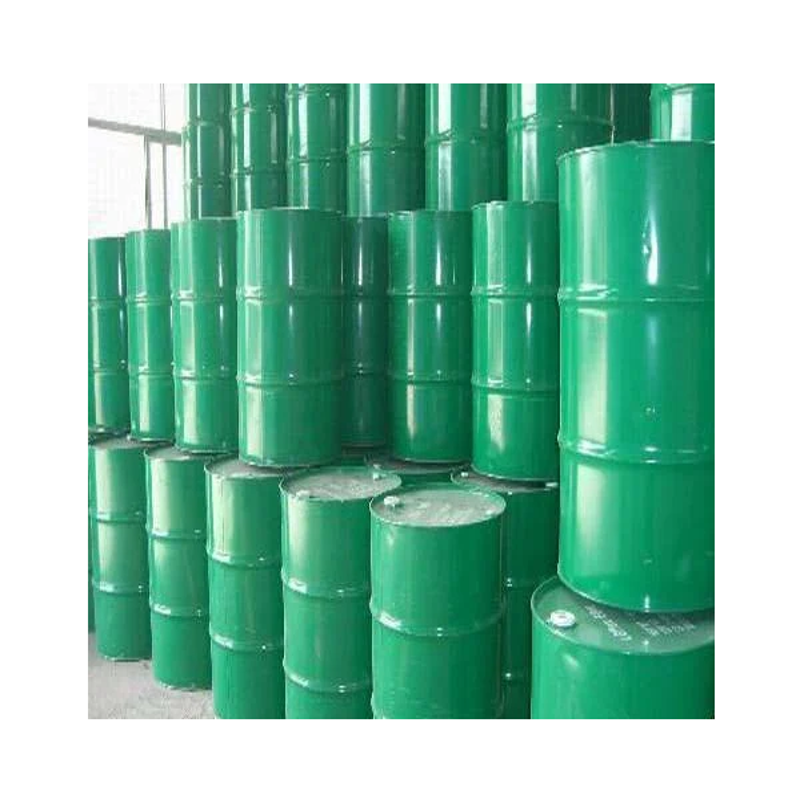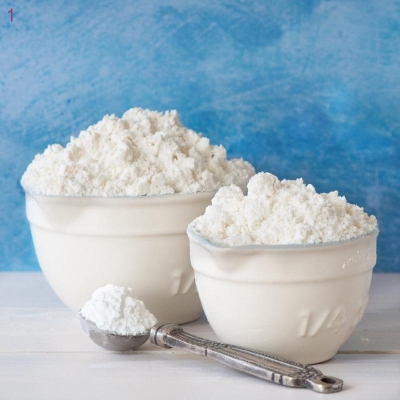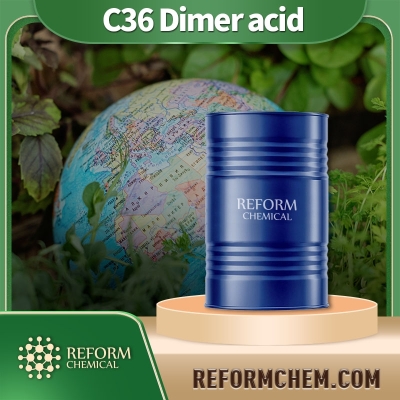-
Categories
-
Pharmaceutical Intermediates
-
Active Pharmaceutical Ingredients
-
Food Additives
- Industrial Coatings
- Agrochemicals
- Dyes and Pigments
- Surfactant
- Flavors and Fragrances
- Chemical Reagents
- Catalyst and Auxiliary
- Natural Products
- Inorganic Chemistry
-
Organic Chemistry
-
Biochemical Engineering
- Analytical Chemistry
-
Cosmetic Ingredient
- Water Treatment Chemical
-
Pharmaceutical Intermediates
Promotion
ECHEMI Mall
Wholesale
Weekly Price
Exhibition
News
-
Trade Service
6 Determination of iron content
6.
The sample is evaporated to dryness and digested with mixed acid to remove organic matter, iron is converted into water-soluble salt, and trivalent iron ion (Fe 3+ ) is reduced to divalent iron ion (Fe² + ) with hydroxylamine hydrochloride , which is combined with o-phenanthroline The reaction produces an orange-red complex: the absorbance is measured at 510nm with a spectrophotometer .
6.
6.
6.
6.
6.
6.
Warning: Perchloric acid is a corrosive liquid, which is severely irritating to the eyes, skin and mucous membranes
6.
6.
6.
6.
6.
6.
6.
6.
3.
5 Pipette: 5mL, 10mL;
6.
3.
6 Measuring cylinder: 25mL, 100mL, 250mT.
;
6.
3.
7 Graduation straws: 5mL, 10mL;
6.
3.
8 Watch glass: 75mm;
6.
3.
9 Quantitative filter paper: medium speed;
6.
3.
10 Heating plate: explosion-proof type;
6.
3.
11 pH precision test paper
.
6.
4 Analysis steps
6.
4.
1 Drawing of iron standard curve
6.
4.
1.
1 According to GB/T602, prepare a standard solution of 0.
1mg/mI.
Iron is separated
.
Accurately draw 10mL of this solution, transfer it into a 100mL volumetric flask, and dilute to the mark with water to obtain a 10ug/mL iron ion standard solution
.
6.
4.
1.
2 Take 5 100mL volumetric flasks, add 0.
5mL, 1.
0mL, 1.
5mL, 2.
0mL, 3.
0mL of the above standard solution (the iron content is 5ug, 10ug, 15ug, 20ug, 30ug respectively), and then add 2mL each Hydrochloric acid (6.
2.
2), 2mL hydroxylamine hydrochloride solution (6.
2.
6), 10mL o-phenanthroline solution (6.
2.
7), adjust to pH≈4 with ammonia water (6.
2.
3), then dilute to the mark with water and shake well
.
At the same time, take another 100mL volumetric flask, except for not adding the iron standard solution, follow the same steps to prepare the standard sample blank solution.
6.
4.
1.
3 After the above solutions are allowed to stand at room temperature for 15 minutes, pour them into 3 cm clean and dry cuvettes.
At a wavelength of 510 nm, use water as a reference to measure the absorbance
.
Take the absorbance of each iron standard solution minus the absorbance of the blank solution as the ordinate, and the corresponding iron content (g) as the abscissa to draw a standard curve
.
6.
4.
2 Determination of iron in the sample
6.
4.
2.
1 Accurately measure 100ml.
The sample to be tested (5.
2) is placed in a 250mL beaker, covered with a glass surface muscle, evaporated to dryness on a water bath, and cooled
.
Then add 3 mL of mixed acid (6.
2.
4), heat to boiling on a hot plate, carefully add 0.
2 mL of perchloric acid (6.
2.
5) after cooling , and heat until almost dry
.
If the residue is colored, the above acid treatment must be repeated (all the above processes should be carried out in a fume hood)
.
After meeting the requirements, let it cool, dissolve the residue with water and transfer it into a 100mL volumetric flask, add 2mL hydroxylamine hydrochloride solution (6.
2.
6), shake well, then add 10mL o-phenanthroline solution (6.
2.
7), and use ammonia Adjust to pH≈4 (judged with precision test paper).
Dilute to the mark with water and shake well
.
At the same time, take another beaker, and prepare the sample blank solution according to the same steps as above except that the acrylonitrile sample is not added, evaporated to dryness, and cooled
.
6.
4.
2.
2 After the above-mentioned test solution and blank solution are allowed to stand at room temperature for 15 minutes, pour them into a 3cm clean and dry cuvette.
Use water as a reference and measure the absorbance at a wavelength of 510nm.
According to the net absorbance value of the sample, Check the iron content (ug) on the standard curve
.
Related Links: Industrial Acrylonitrile—Determination of Iron and Copper Content Spectrophotometry (1)







